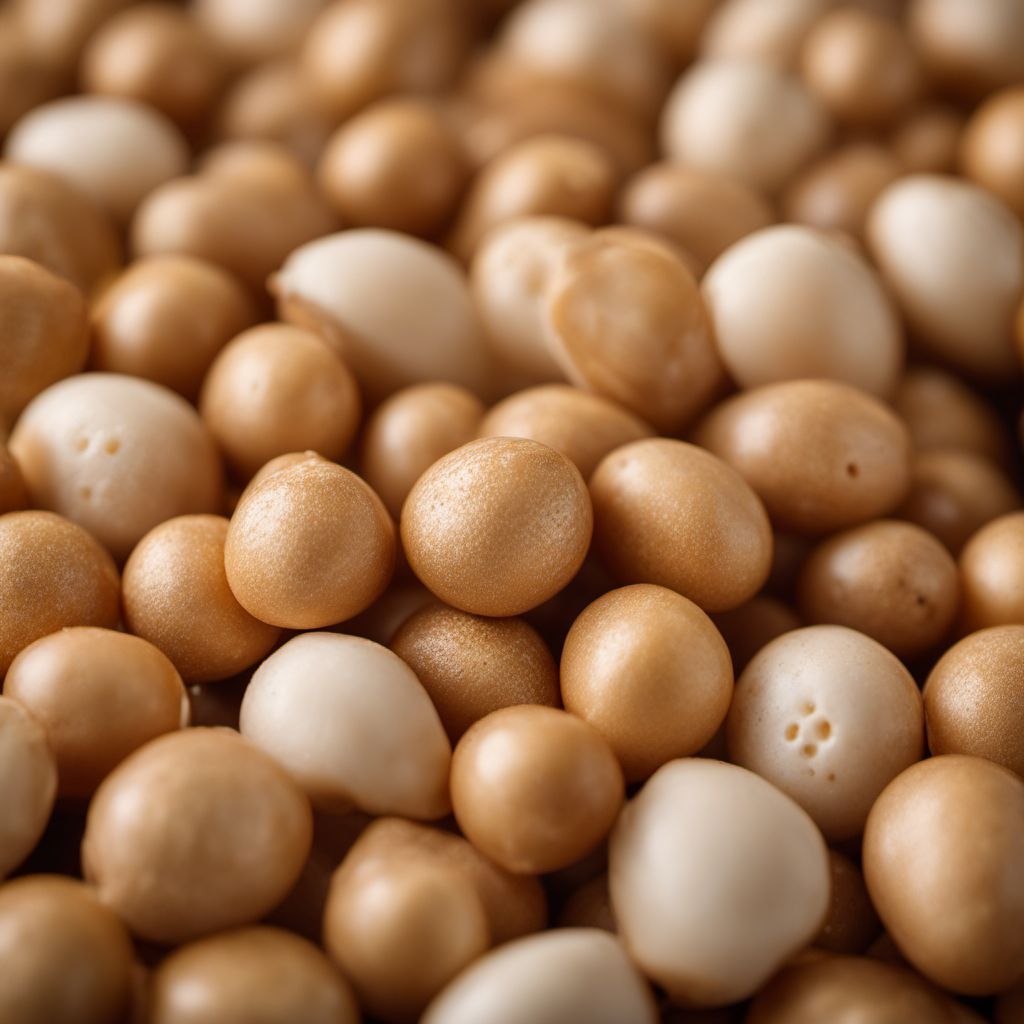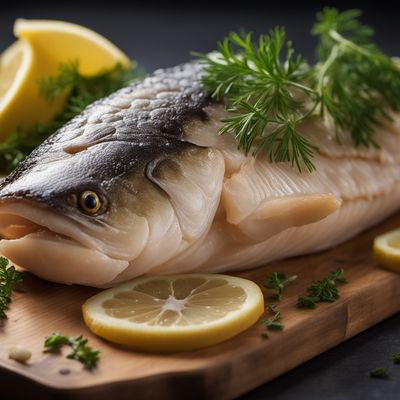
Ingredient
Cod
The Versatile Delight
Cod is a lean, flaky white fish with a mild flavor and a firm texture. It has a delicate sweetness and a clean taste, making it a popular choice for many seafood lovers. Its versatility allows it to be prepared in numerous ways, from grilling and baking to frying and poaching.
Origins and history
Cod has a rich history dating back centuries. It has been a staple in the diets of coastal communities, particularly in Europe and North America. Cod fishing has played a significant role in the economy and cultural traditions of countries like Portugal, Norway, and the United Kingdom. Overfishing and environmental concerns have led to the implementation of strict regulations to protect cod populations.
Nutritional information
Cod is a low-calorie, high-protein fish that is rich in essential nutrients such as omega-3 fatty acids, vitamin B12, and selenium. It is also a good source of phosphorus and potassium. A 3-ounce serving of cod provides approximately 90 calories and 20 grams of protein.
Allergens
Cod is not known to be a common allergen, but individuals with fish allergies should exercise caution when consuming it.
How to select
When selecting cod, look for fillets or whole fish that have firm, translucent flesh with a mild aroma of the sea. The skin should be shiny and free from blemishes. Avoid fish with a strong fishy smell or signs of discoloration.
Storage recommendations
To maintain its freshness, cod should be stored in the refrigerator at temperatures below 40°F (4°C). It is best to wrap the fish in moisture-proof paper or plastic wrap to prevent it from drying out. Fresh cod should be consumed within 1-2 days of purchase, while frozen cod can be stored for up to 6 months.
How to produce
Cod can be commercially farmed or sustainably wild-caught. For amateur fishermen, cod can be caught using fishing rods or nets in suitable fishing locations. It requires cold, clean waters to thrive.
Preparation tips
Cod can be prepared in various ways, such as baking, grilling, frying, or poaching. It is commonly used in dishes like fish and chips, fish stews, fish tacos, and fish cakes. To enhance its flavor, cod can be marinated in citrus juices, herbs, or spices before cooking. It pairs well with ingredients like lemon, garlic, tomatoes, and fresh herbs like parsley or dill.
Substitutions
Haddock, hake, and pollock can be used as substitutes for cod. These fish have similar textures and flavors that make them suitable replacements in recipes.
Culinary uses
Cod is widely used in various cuisines around the world. It is a key ingredient in dishes like fish and chips (United Kingdom), bacalhau à brás (Portugal), and brandade de morue (France). It is also commonly used in soups, stews, and chowders.
Availability
Cod is commonly available in coastal regions and countries with access to the ocean. It is particularly popular in Europe, North America, and parts of Asia.


